Have you seen anyone with white patches on their skin? Are you or your relative or friend is struggling with white patches on their body? Do you wonder why such patches are formed?
This condition is known as Vitiligo or Leukoderma, in medical terms.
Vitiligo is not only a skin disorder but way beyond that. Vitiligo or leukoderma is an autoimmune condition where the body’s immune cells don’t function properly and attack melanocytes which are responsible for melanin skin pigment formation.
A healthy and Proper diet for vitiligo will assure that the condition doesn’t get worse and improve the symptoms associated with Vitiligo. This article will explain the Indian Diet for Vitiligo and help you identify the foods which can be included and excluded from the diet to improve Vitiligo.
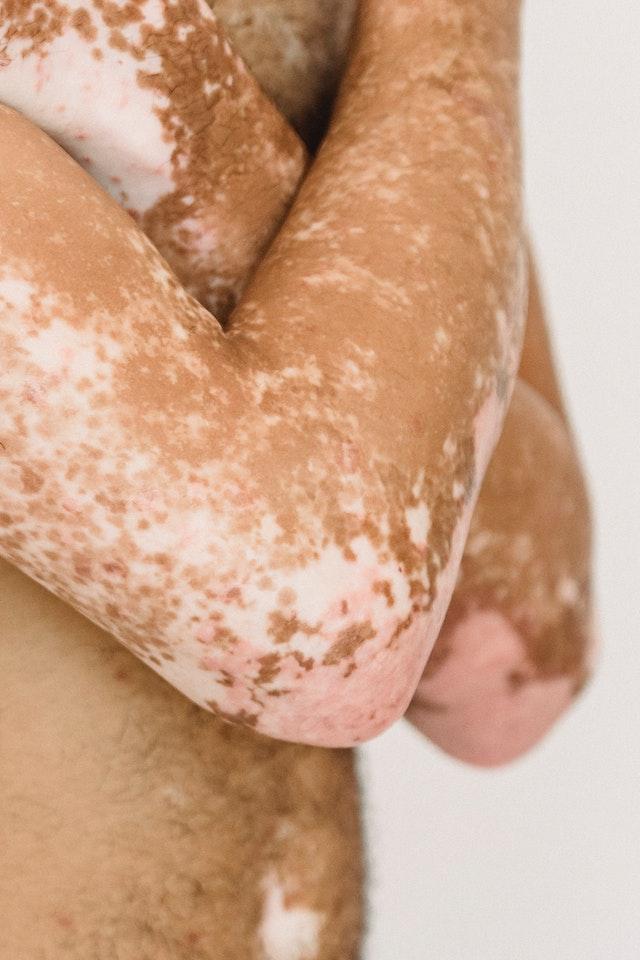
What exactly happens in Vitiligo?
Vitiligo referred to as Leukoderma is an auto-immune condition – where the body’s immune system doesn’t function properly and attacks not only external pathogens like viruses and bacteria inside the body but also healthy cells and tissues of our body.
In Vitiligo, the immune system eliminates not only harmful pathogens but also those skin cells responsible for making melanin. As a result, the skin at certain places lacks pigmentation, and white patches are formed in that area.
Indian Diet for Vitiligo
Around 0.25% – 4% dermatological cases in India are about Vitiligo. Most of the cases are recorded from Gujarat and Rajasthan. Like in any other autoimmune condition there is no sure shot diet scientifically proven best for vitiligo, but there are few Indian foods that can improve the symptoms of Vitiligo and some Indian foods which can aggravate the symptoms.
Healing the gut can improve any autoimmune conditions, even Vitiligo can be cured with a proper gut-friendly diet. Inflammation in the gut is the main reason to have autoimmune conditions like vitiligo in the body.
The following points must be kept in mind before planning a proper diet for Vitiligo patients.
- Anti – Oxidant rich diet can control inflammation within the body.
- Good foods which can improve vitiligo Symptoms.
- Foods that can boost repigmentation by melanocyte regeneration.
1. Eat a balanced and healthy diet
Include whole foods in every meal. Consuming whole grains, lean proteins and healthy fats and lots of vegetables & fruits will nourish your body with essential nutrients. Are you wondering how can a balanced diet will help in vitiligo? Well, Wholefoods nourish our body with not only required calories but with vitamins and disease-fighting antioxidants which in turn helps in reducing the inflammation in skin cells.
Proteins are essential nutrients while treating auto-immune conditions. Proteins breakdown into amino acids in our body and utilized by the inflamed cells to repair and regenerate healthy ones.
The whole foods will keep you satiated for a long time and there is less chance that you crave junk and refined foods. This in turn will prevent obesity, which is the major reason for inflammation in the body.
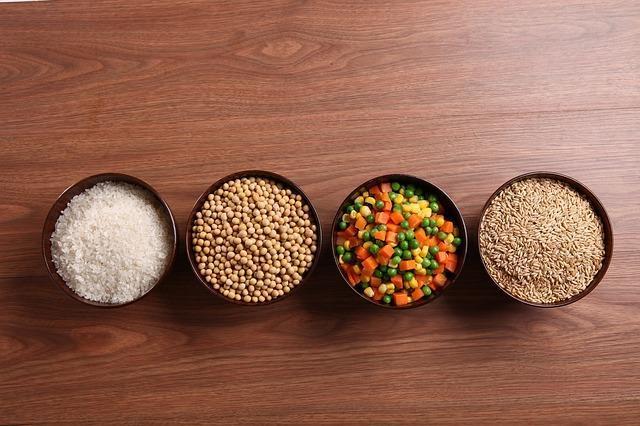
2. Include More fruits and vegetables
Oxidative Stress is the primary mechanism in any kind of autoimmune, inflammation, and tissue damage reactions in the body. In the case of vitiligo oxidative stress more common in skin cells.
Fruits and Vegetables are rich in phytonutrients which provide an array of antioxidants and polyphenols to the body. These nutrients combat oxidative stress by fighting free oxygen radicals in the cells. Fruits and vegetable provides good fiber in our diet which is essential for a healthy gut,
So, a powerful punch of antioxidants and fiber will manage the vitiligo efficiently.
- Have 2 portions of fruits and 4 portions of vegetables in your diet.
- Include different colors of fruits and vegetables in a regular diet. Each color of fruits and veggies holds different nutrients and health benefits. Your shopping bag must include bright red, orange-yellow colored, and bright green veggies and fruits.
- Vitamin C, Vitamin B-12 (folic acid), Vitamin D, and Beta Carotene are very essential vitamins for Vitiligo. Include the fruits and vegetables which can provide these vitamins
- Copper, Iron, and Zinc help stop the spread of Vitiligo and prevent the recurrence of Vitiligo. Taking a good portion of vegetables and fruits can help to get our daily dose of these minerals.
- Gut issues are very common in auto-immune diseases. Fruits and Vegetables provide a good amount of fiber which is useful for a healthy gut. They also help in maintaining good microbes in the gut which helps in Vitamin B12 synthesis.
- If you have access to organic, seasonal, and local produce go for it.
Clean vegetables and fruits thoroughly before cooking or consuming.
3. Include Good Fats
If you mess up with fats source in your daily diet it can flare up Vitiligo symptoms badly. Choose from a wise source instead of refined and trans fats. Fats from healthy sources also provide anti-inflammatory protection to us.
- Choose cold-pressed or Kachi Ghani Sarson/mustard oil, til/sesame seed oil/Mungphali/Groundnut oil, Sunflower Oil, Olive Oil/Jaitun oil, etc for cooking regular food at home. Always healthy fats must be consumed in moderation.
- Include Ghee (Homemade or Organic made) moderately (2 teaspoons/day).
- Include nuts and seeds to get omega -3 fatty acids. Include one source go Omega -3 fatty acids in your diet every day. Walnuts and Flax seeds are rich source of omega – 3 fatty acids apart from fish.
- Sprinkle few drops of pumpkin oil/Olive oil/Flaxseed oil on your salads.

4. Find Your Food Allergies
Most individuals with Vitiligo often suffer from one or two food allergies. Most common Allergies are due to Gluten or Milk or Eggs or Soya. Few people also feel discomfort and show a negative reaction to certain fruits and vegetables especially with hydroquinone content which are depigmenting agents like Tomatoes and Citrus Fruits etc. As one size doesn’t fit all so one diet cannot fit everyone. Identify your allergen and eliminate them from the diet. Discuss with the doctor and qualified nutritionist about your allergies to get a tailored made diet plan for you.

5. Keep yourself well hydrated

Water helps to carry out many crucial functions in our body. One of its important roles is the removal of toxins from the body. This in turn controls inflammation in our body which will be most common in Vitiligo patients.
In simple words, just as water puts out fire, it drives the inflammation out of the cells in our bodies. 3-4 liters of water per day is a must to deal with vitiligo and its symptoms. Have Coconut water, vegetable juices, and buttermilk, or other natural hydrating sources, which suits you in the case of Vitiligo.
Foods to be included and excluded For Vitiligo
| Foods to be taken in Vitiligo (Anti-inflammatory and re – pigmenting ) |
Foods to be avoided in Vitiligo (Highly inflammatory and de- pigmenting) |
| Single hand pound rice, Brown rice, Millets, Sabudana, Buckwheat, Rajgira, Poha , Muri, Corn, Oats | Red Meats |
| Split dals like toor dal, mung dal, masoor dal, urad dal. Rajma, Chola, Lobia, Sattu, Besan, Kulthi dal/Horsegram , other Indian beans, mushrooms, Soya. |
Processed,Packaged and refined products like maggie, ready to eat foods, biscuits, namkeens etc |
| Eggs, Fish and Chicken, Oysters (twice or thrice a week and if you aren’t allergic) |
Maida and Maida products |
| Kachi ghani sarson ka tel, til ka tel, mungphali ka tel, ghee, sunflower oil, safflower oil , Coconut oil etc | Junk and Deep fried foods like Pizza, Burger, french fries, nuggets, wedges and Spicy foods. |
| Natural sweetners, Jaggery , Palm Sugar , Coconut sugar , Honey (in moderation) | Bakery Products like puffs, pastries, Cakes, cookies etc made with maida and high in sugar. |
| Almonds, walnuts and Pistachios | Sauces and Jams with high salt , sugar and preservatives. |
| Flax seeds, sunflower seeds and pumpkin seeds. | Tetra pack fruit juices, Cola and other carbonated beverages, fizz drinks. |
| Fermented Foods like curd, tofu, buttermilk, dhokla, sprouted seeds etc |
Alcohol |
| Vegetables like – Cabbage, Cauliflower, Beetroots, Carrots, Radish, green leafy vegetables, Beans, Drumsticks, Onion, Ridge gourd, Bitter gourd, Bottle gourd, Potatoes, Shimla Mirch. |
Tobacco |
| Fruits like Mangoes, Apples, Grapes, Papaya, Guava, Banana, figs. | Coffee |
| Dates, coriander leaves, black pepper, cloves, cardamom, cinnamon,Basil leaves. | Chocolate and wafers |
Foods to be Monitored in Vitiligo
Everyone reacts differently to certain foods. In some cases, a small amount can be tolerable and large quantities can flare up the Vitiligo and its symptoms. These foods must be monitored for some days before including them in a regular diet. A qualified nutritionist or registered dietitian can help you in this process.
- Certain foods contain hydroquinone, which is a depigmenting agent and can worsen the vitiligo symptoms.
- Food allergens must be eliminated or cautiously added to the diet.
| Foods to be monitored in Vitiligo |
| Gluten Containing foods like Wheat, Barley and Rye |
| Citrus fruits like Lemon, Amla and Oranges |
| Eggs |
| Tomato and Ambadi/Gongura |
| Melons |
| Custard Apple/Sitaphal |
| Garlic |
| Brinjal |
| Tamarind |
| Prunes |
| Pomogranetes |
| Fish |
| Pears |
| Milk and milk products like cheese, paneer etc |
The Golden Rules for Indian Anti – Vitiligo Diet and Lifestyle
- Eat a balanced diet full of a variety of Whole and Healthy foods.
- Consume only “good” healthy fats.
- Eat Plenty Of fruits and vegetables.
- Take care of micronutrients – vitamins and minerals in the diet.
- Drink Plenty of Water.
- Avoid consumption of processed and refined foods.
- Minimize the consumption of Alcohol and Carbonated Beverages.
- Every individual is different. Find out your food allergies and avoid them.
- Your Skin color or patches do not define you, stay confident and active.
- Seek a counsellor if you are feeling depressed about Vitiligo. Emotional disturbances can flare up the vitiligo symptoms.
- Apply Sunscreen compulsory every day, no matter if you are at home or outside.
- Indulge in some physical activity for 1 hour every day.
- Sleep well for 7-8 hours every day. Healing happens when you sleep and be stress free.
Brief Introduction about Vitiligo
Vitiligo is a skin condition that leads to loss of skin colors. This condition is characterized by skin patches without skin pigment. It first begins as a pale patch of skin, and then slowly turns completely white.
- Appearance – The patch will appear white surrounded by pale skin. If the skin has blood vessels underneath, then it will appear pink rather than white.
- Occurrence – Areas which are commonly affected by vitiligo includes parts exposed to the sun, body folds like armpits, around moles, injured area, and other body openings.
- Causes – Hereditary, Autoimmune System, Trigger events such as Stress, Sunburn, or exposure to harmful industrial chemicals.
Vitiligo isn’t contagious.
- Who can get it? – Most cases appear early in life – the patches appear around the ages of 10 to 30. In some cases, it will show up at the age of 40 also. Autoimmune conditions and family history will increase the chances of getting Vitiligo.
- Prevalence – The countries with the highest prevalence of Vitiligo are India (8.8%), Mexico ( 2.6% – 4%), and Japan (> 1.6%)
Most of the cases are reported from Gujarat and Rajasthan, maybe due to their geological conditions.
- Complications – Sometimes Vitiligo ends upbringing other sicknesses if precautionary measures aren’t followed – Blindness, Sunburn, Hearing loss, Social or psychological stress. Taking good care can help in decreasing the chances of these instances.
- Diagnosis – The physician can check if you get tan quickly or have sunburns, family history, existing autoimmune conditions like Hypothyroid, and in case of Skin Cancer.
- Treatment – Skin camouflaging by hiding the patches with cosmetics, Skin grafts, Phototherapy, Ointments with steroids in them. All these treatments must be done with utmost care and precautions. The patient must be well informed and aware of the possible side effects of the treatment options. Pregnant women cannot take these treatments.
Types of Vitiligo
- Generalized vitiligo: This is the most common type. The patches appear on most parts of the skin. The discolored patches often progress similarly on corresponding body parts (symmetrically).
- Segmental Vitiligo: In this type, only one side or part of the body gets affected. It starts at a young age and progresses for two years before it stops.
Localized Vitiligo: In this only one or few parts are affected.
Summary
It is heartbreaking for one to get diagnosed with Vitiligo or Leukoderma. It’s an autoimmune condition where the body’s immune cells attack melanin-forming cells, melanocytes causing de-pigmentation of the skin. Due to de-pigmentation, white patches are formed on various body parts of the patient.
Like in any other autoimmune condition, in Vitiligo a diet cannot completely cure the condition. But, a healthy and proper diet will help in coping up with Symptoms associated with Vitiligo, re-pigmentation, and prevent the remission of the patches on the skin from the cured area.
Understanding the foods which can be included and excluded will help in managing vitiligo through diet. Getting Vitiligo is not the end of life, follow a proper Indian diet for Vitiligo to have a happy and good quality of life!!
References
(Retrieved on 4/03/2021)
- https://www.ncbi.nlm.nih.gov/pmc/articles/PMC6362747/#:~:text=The%20prevalence%20of%20vitiligo%20in,8.8%25%20in%20Gujarat%20and%20Rajasthan.
- https://www.ncbi.nlm.nih.gov/pmc/articles/PMC4134529/
- https://www.ncbi.nlm.nih.gov/pmc/articles/PMC4969308/
- https://pubmed.ncbi.nlm.nih.gov/28317532/
- https://pubmed.ncbi.nlm.nih.gov/30156053/
- https://www.ncbi.nlm.nih.gov/pmc/articles/PMC4355886/
- https://www.ncbi.nlm.nih.gov/pmc/articles/PMC269995/
- https://www.ncbi.nlm.nih.gov/pmc/articles/PMC6528431/
- https://www.ncbi.nlm.nih.gov/pmc/articles/PMC5362109/
- https://www.ncbi.nlm.nih.gov/pmc/articles/PMC6984686/

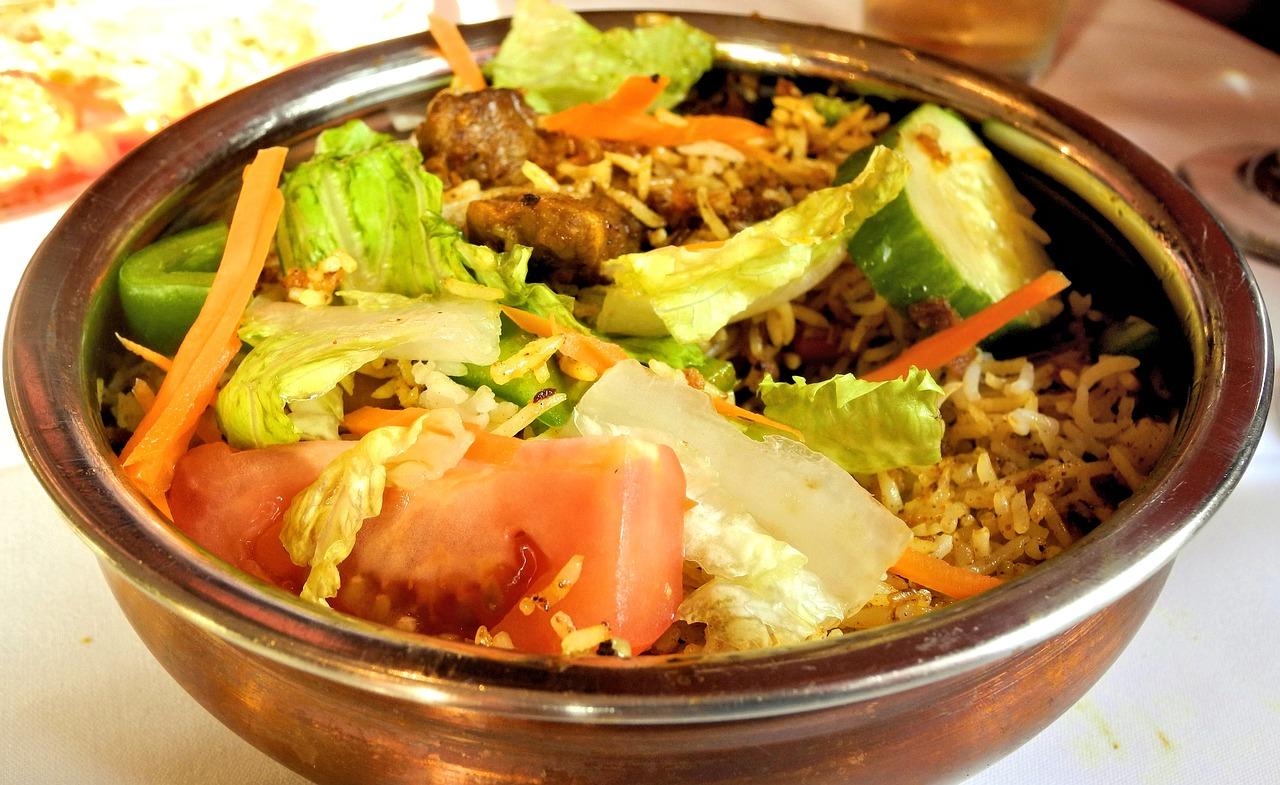


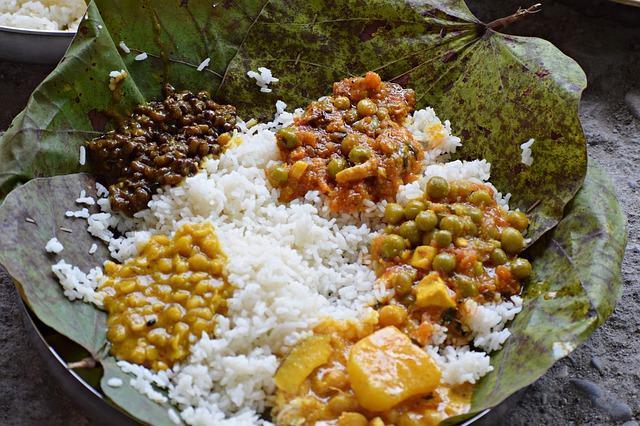

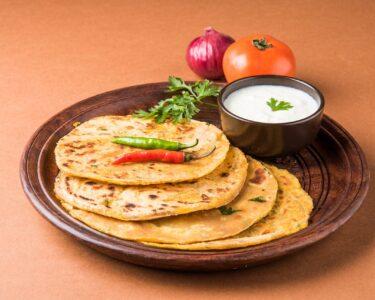
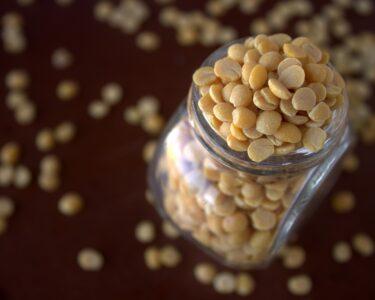

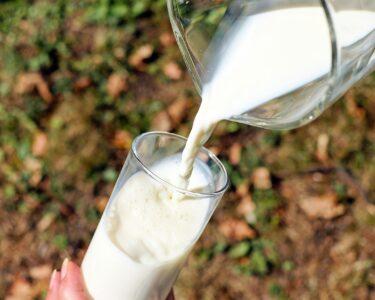
3 Comments